10 Old‑School Electronics That Make Gen Z Scratch Their Heads
Some gadgets from previous decades seem completely foreign to younger generations. As technology has advanced, many once-common items now leave Gen Z puzzled.
This article explores which old-school tools can instantly confuse today’s youth and what makes them so mysterious. Take a look at these gadgets to see just how much technology has shifted.
Rotary Phone
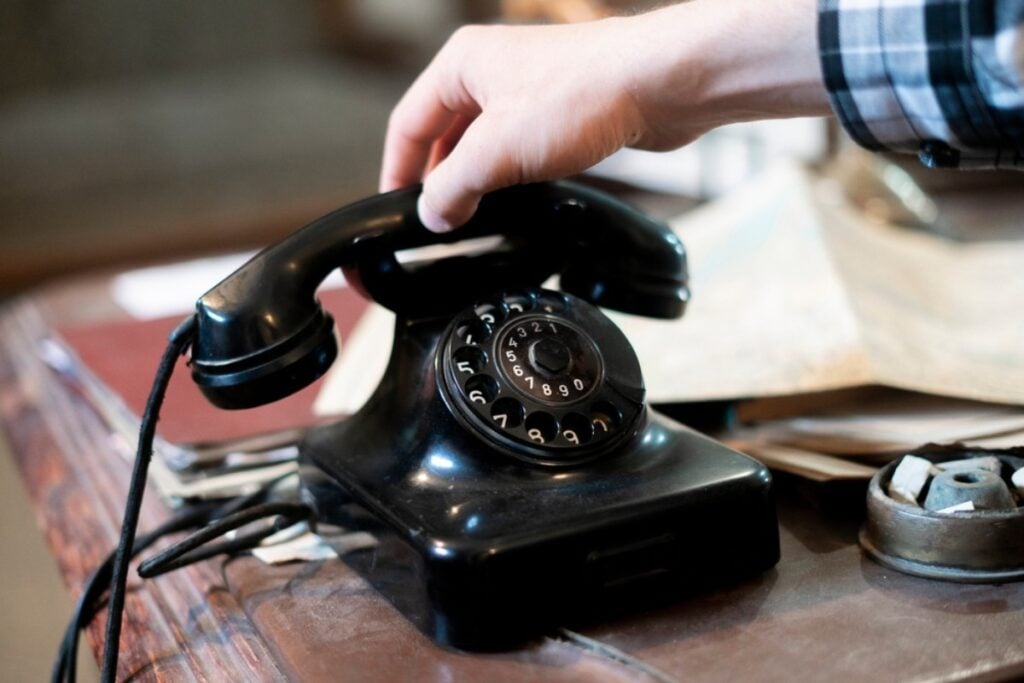
If you’ve only used a smartphone, a rotary phone might seem like a puzzle. Instead of tapping buttons, you turn a circular dial to call someone.
Each number requires rotating the dial to a fixed point and then letting it spin back to its original spot. You have to carefully wait for the dial to return before dialing the next number.
It’s slower than today’s instant digits, and the idea of no screen or contact list feels strange. Using a rotary phone means you can’t easily redial the last number.
You have to dial the whole sequence again. For many Gen Z users, this old-school routine can be confusing and a little frustrating.
VHS Tape
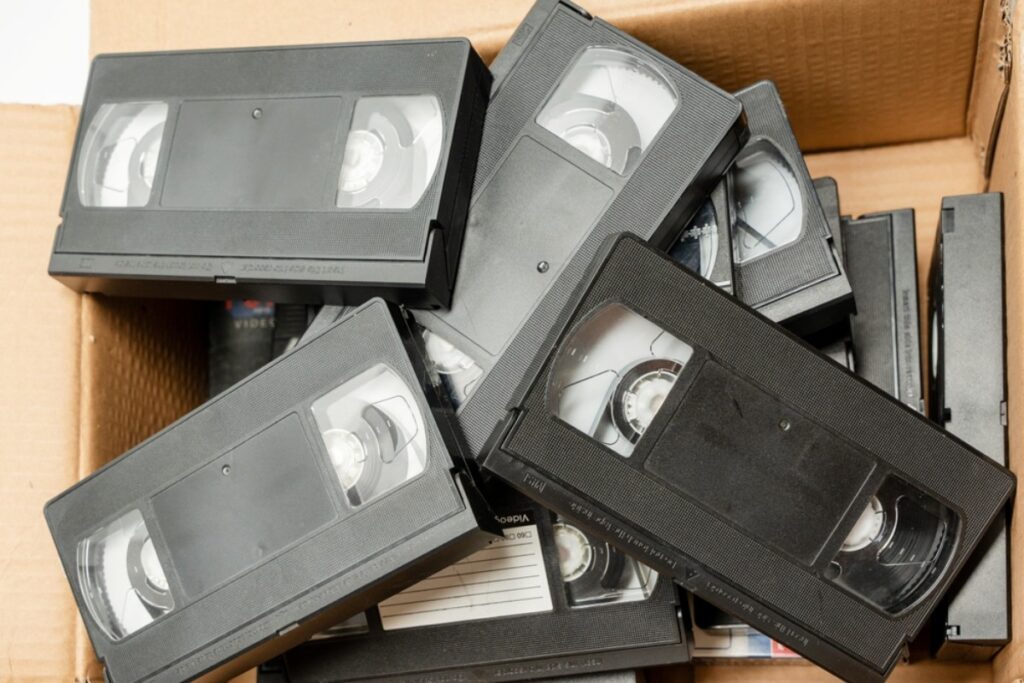
If you grew up with streaming, the idea of a VHS tape might seem strange. These bulky cassettes were how people watched movies at home before DVDs and digital files existed.
Using a VHS tape means dealing with a VCR player, which you had to physically tape and rewind. Unlike today’s instant access, you had to wait through ads and sometimes rewind the tape manually before re-watching.
The picture quality wasn’t very sharp, and tapes could get stuck or break inside the player. If a tape got too worn, the video would start to look fuzzy or skip.
You might find it odd that people used to rent these tapes from stores and return them before the due date. The whole process took more time and effort than just clicking “play” on your phone or TV
Cassette Player
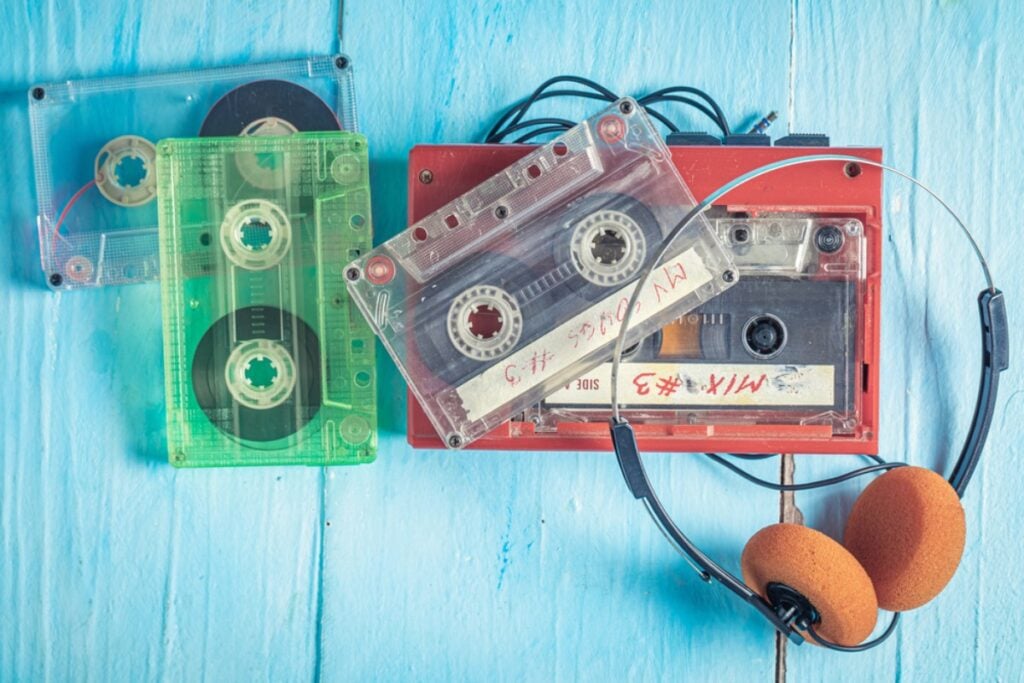
For those who grew up before digital music, cassette players were a staple. It’s a small device that plays music stored on magnetic tape inside plastic cassettes.
You had to physically flip the tape to hear songs on the other side. Skipping tracks wasn’t as simple as a tap—you’d rewind or fast-forward using buttons.
Sometimes the tape would get stuck or break. For many Gen Z users, cassette players seem confusing because they’re used to streaming or digital downloads.
They might not recognize why you’d need a separate player for each tape or why you couldn’t search tracks instantly. Despite this, cassette players have a certain charm.
They remind you of a time when music was more tangible, and creating mixtapes was a popular way to share your favorite songs.
Polaroid Instant Camera
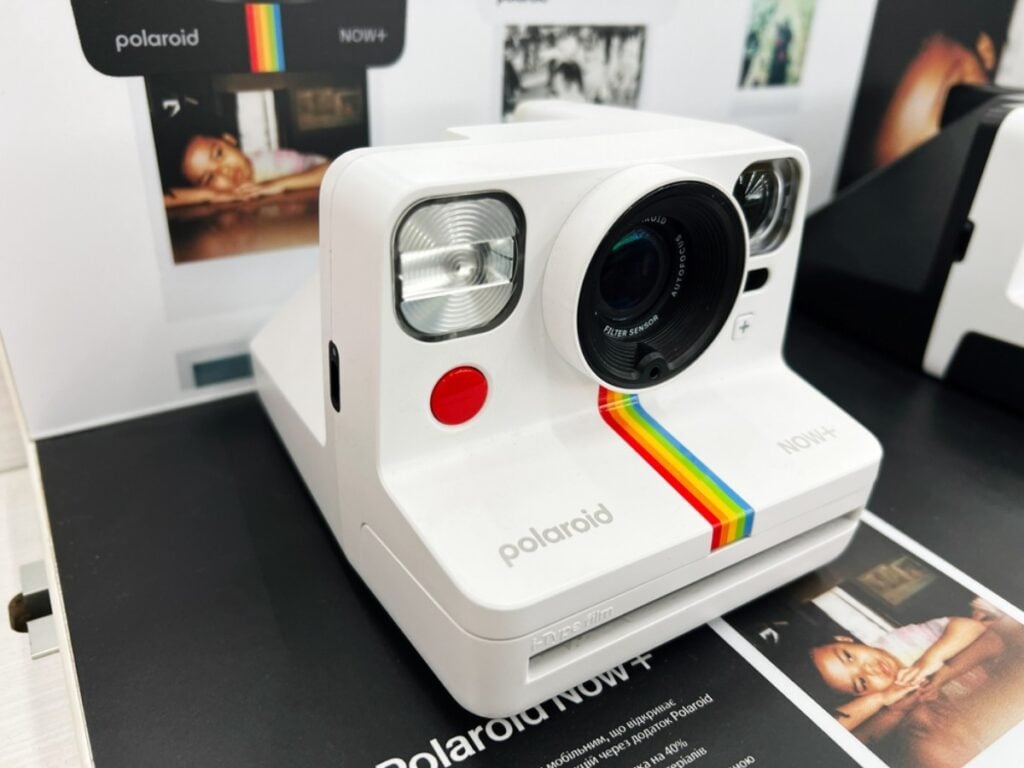
You might find the Polaroid instant camera a bit puzzling at first. Unlike your smartphone that shows photos instantly on a screen, the Polaroid prints your picture on the spot, developing it right before your eyes.
Using a Polaroid means waiting for the photo to appear on paper. It can feel slow compared to snapping and sharing digital pics in seconds.
The charm of a Polaroid is the physical photo you can hold, unlike digital images stored invisibly on your phone. This old-school gadget combines nostalgia and creativity, which is why some younger people are now bringing it back.
If you want to explore this classic device, check out how modern instant cameras blend vintage style with new tech for better pictures and easier use.
Film Projector

A film projector might look like a strange box to you if you’ve never used one. Instead of streaming or clicking play, you had to load a reel of physical film.
You would thread the film through the machine carefully, making sure it moved smoothly past a light source. The images on the film would then be projected onto a wall or screen.
It needed some manual focus and alignment to get the picture clear. Unlike today’s devices, you couldn’t pause or rewind instantly—you had to fast-forward or rewind the film reel by hand.
Film projectors were common before digital media took over, and they required more patience and effort.
Pager
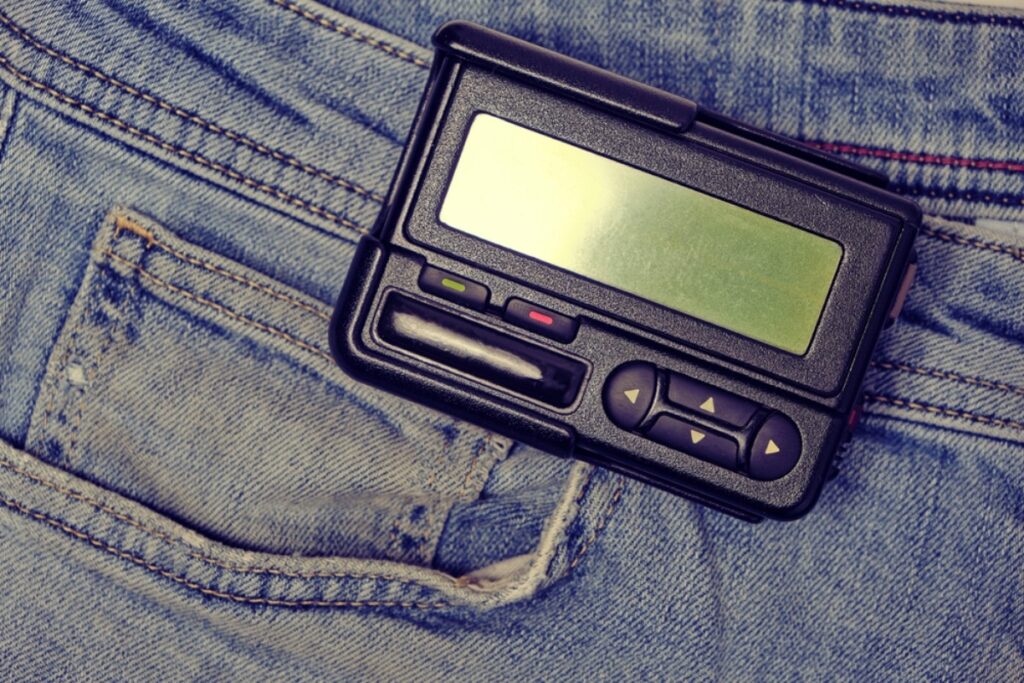
A pager was a simple device you carried to receive short messages or alerts. Unlike your smartphone, it couldn’t make calls or send texts back.
You’d get a beep or vibration telling you to find a phone and call a number displayed on the screen. You might find it strange that people used these when mobile phones were rare or expensive.
Pagers were popular with doctors, emergency workers, and anyone who needed to be reachable on the go. The idea of waiting to see a number and then calling back sounds slow today.
Pagers had limited memory, no apps, and no internet—just one-way communication.
Fax Machine
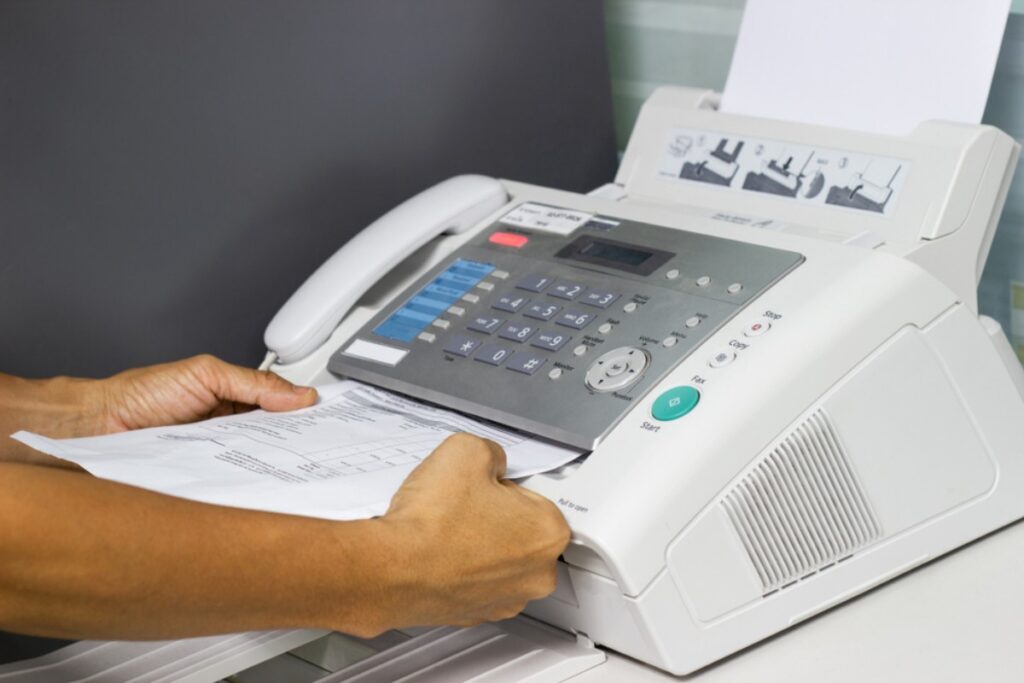
You might find it strange that people used to send physical documents through a machine called a fax. Instead of email, the fax machine scanned papers and sent them over telephone lines as audio signals.
On the other side, the machine would print out a copy of the document. Using a fax machine meant you had to feed paper into the device, wait for it to scan, and then listen to the noisy transmission sounds.
It was an important way to quickly share contracts, letters, or forms before the internet made digital communication easier. For someone used to tapping out messages on a screen, the idea of waiting for a paper to print at the other end might seem slow and unnecessary.
The fax machine was the backbone of office communication and business transactions for decades.
Floppy Disk
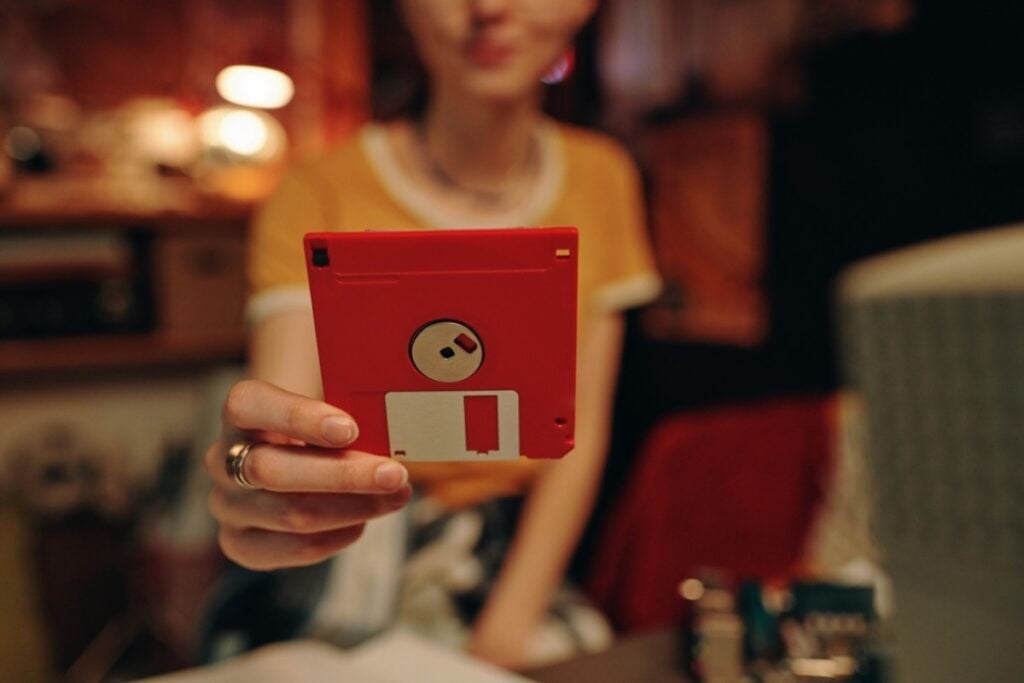
You might have seen a floppy disk before and wondered what it actually does. It’s an old storage device that was used to save and transfer files before USB drives and cloud storage existed.
Floppy disks could only hold a tiny amount of data—usually around 1.44 megabytes. That’s minuscule compared to today’s standards, where your phone or computer carries thousands of times more in just a small chip.
Using a floppy disk required you to insert it into a computer’s disk drive. Transferring large files meant swapping multiple disks, which could get frustrating and slow.
For many in Generation Z, this process seems confusing because you’re used to instant access and wireless sharing. The physical act of handling floppy disks feels almost like a lost art.
If you ever want to show someone older tech, hand them a floppy disk and watch their reaction—it’s a neat glimpse into how digital storage once worked.
Typewriter

If you’ve never used a typewriter, it can seem like a strange machine. Instead of tapping a screen, you press keys that mechanically strike ink onto paper.
There’s no delete button, so every mistake shows up clearly. You might find the sound of the keys clacking loud or even satisfying.
Unlike computers, typewriters don’t require electricity or a software update. Using one means you focus more on each word.
This hands-on approach appeals to some people today who want a break from digital distractions. There’s even a growing interest among younger folks who enjoy the vintage feel and the tactile feedback of typing on a classic machine.
Commercial models like the IBM Selectric were once office favorites because of their unique “typeball” mechanism.
Slide Rule
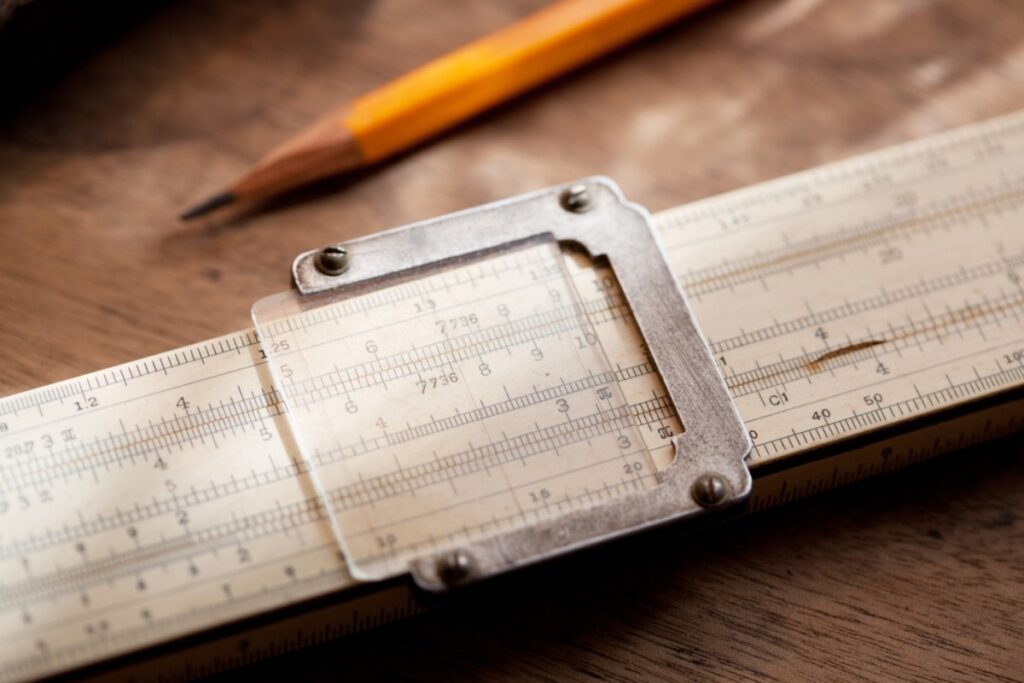
Show a slide rule to someone from Gen Z, and they might stare at it like it’s an alien device. This tool was a must-have for students and engineers before calculators became common.
It uses sliding parts to help you do complex math quickly. You slide the scales against each other to multiply, divide, or find roots and logs.
It takes some practice, but people relied on it for everything from schoolwork to engineering projects. Nowadays, with apps doing all the calculation work, a slide rule feels oddly manual and mysterious.
Using a slide rule means you have to understand the math behind it instead of just punching buttons. For someone used to touchscreen calculators, it can be confusing to figure out at first.
Understanding the slide rule gives you a window into how people solved problems in the past without digital tools. It’s a neat reminder of how much technology has changed.







